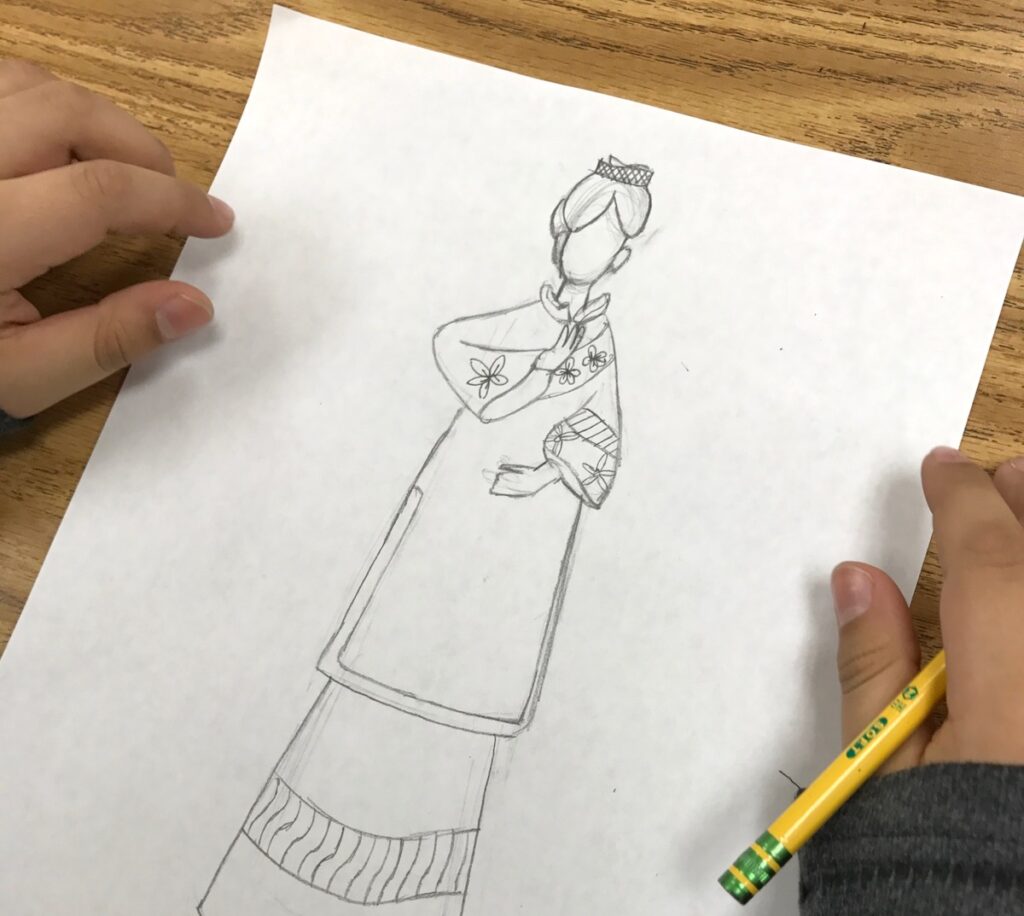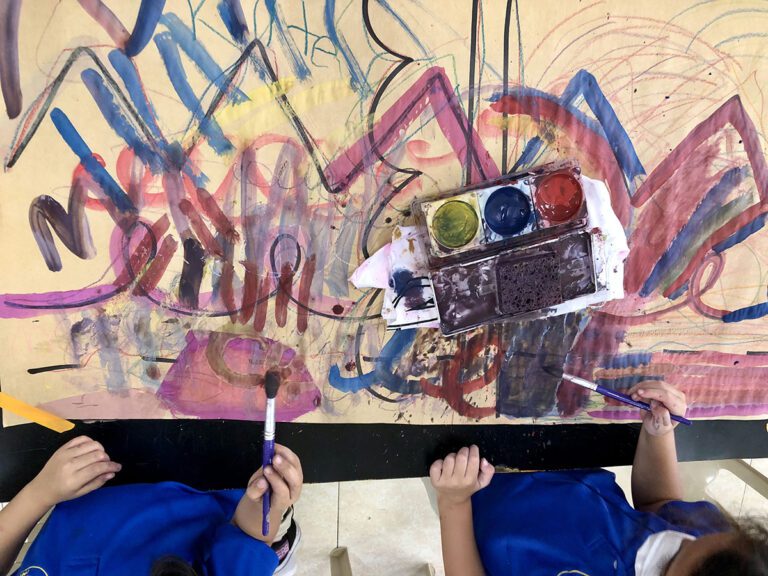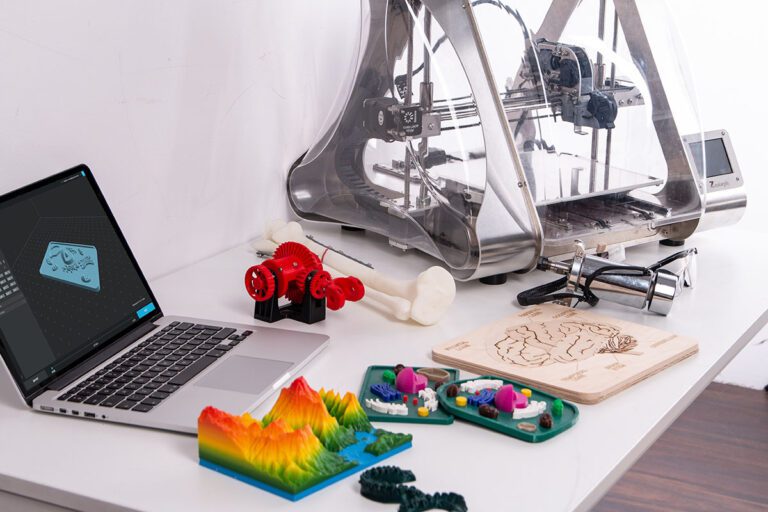Have you used the Studio Habits of Mind in your art room? If not, they are wonderful habits to share with your students, so they have a better understanding of how an artist behaves. The creators of the Studio Habits of Mind, Lois Hetland, Ellen Winner, Kimberly Sheridan, and Shirley Veenema, emphasized the importance of regarding students as artists capable of creating authentic work.
In the article, “Why Do We Need the Studio Habit Framework, anyway?,” Lois Hetland said, “Studio Habits bind together artistic practices—that is, the ways serious artists work—and arts education, so that what we teach and what students learn more closely resemble genuine artistic efforts.” The habits include Observe, Envision, Develop Craft, Reflect, Express, Understand Art World, Engage and Persist and, finally, Stretch and Explore.
Let’s take a look at the Studio Habit: Understand Art World and see how you can share this habit with your students in the art room.
The habit, Understand Art World, is characterized by learning about art history and current practices. But it also encompasses learning how to act as an artist in relationship to different communities. Make sure to formally introduce the habit to your students as you focus in on it with various activities. This will give your students context behind what they are learning.
1. Allow students to view a variety of art to learn about art history.

It’s possible you are using the Studio Habits in your classroom right now without knowing it. That’s because art history is connected to the Understanding Art World Habit. If you don’t already incorporate art history in your class, consider starting! Your students will learn to view art and gain a deeper understanding of what they’re viewing. In addition, it will give them inspiration for their own work.
Here are some ways for you to incorporate art history into your class.
- Give a presentation about a specific artist or art technique. Remember to show a variety of artists over time including different genders, ethnicities, time periods, and styles.
- Have students research an artist and create work inspired by their style.
- Challenge students to create their own style in a piece of work.
- Encourage your students to study other artists’ work to learn more about them.
2. Give your students opportunities to understand the process of other artists.
The artistic process is at the center of what we do as art teachers. Sharing a variety of art processes for our students to learn about is vitally important to their artistic development. Students can gain so much knowledge about being an artist from observing their peers as well as working artists.
Share how artists can create work both individually and in groups and help your students experience both realities.
- Allow your students to share their work with their peers to explain their processes and work.
- Find videos of artists sharing their art process. I like Mati and Dada for the elementary level.
- Have artists come into your classroom to demonstrate their process and speak to your students.
- Expose students to a variety of materials to explore.
- Have a discussion about how artists can work individually or in groups.
- Praise students when natural collaboration happens in the classroom and have them share their experience with the class.
3. Help students understand the importance of art in the community.

Many students know what museums are but have yet to step foot in one. Learning more about the role of museums, museum etiquette, and viewing art in person is important. Having work displayed in school or community art shows is another way for students to see themselves as part of an artist community.
Here are a few more ideas to try.
- Organize a field trip to visit a local art museum.
- Share virtual museum visits with students.
- Give students an opportunity to take part in and set up the school art show or exhibit.
- If you practice your own art, record a video of yourself in your studio sharing about your processes, or do a live demonstration during class with your personal work.
- Give students a chance to give and receive feedback about artworks.
The Studio Habits are a great way to help your students understand what it means to be an artist. They are also transferable to other disciplines which is helpful to developing the whole child. When teaching them, don’t forget to allow time for reflection. For example, when teaching about Understanding Art World you might ask essential questions such as, “Why are museums beneficial to society?” or, “How do artists’ help our communities?”. In addition, Studio Thinking 2: The Real Benefits of Visual Arts Education is a great resource to check out if you want to learn more about integrating the studio habits in your room.
Have you used the Studio Habits of Mind in the art room?
What have you done to teach the Understand Art World Habit with your students?
Magazine articles and podcasts are opinions of professional education contributors and do not necessarily represent the position of the Art of Education University (AOEU) or its academic offerings. Contributors use terms in the way they are most often talked about in the scope of their educational experiences.





